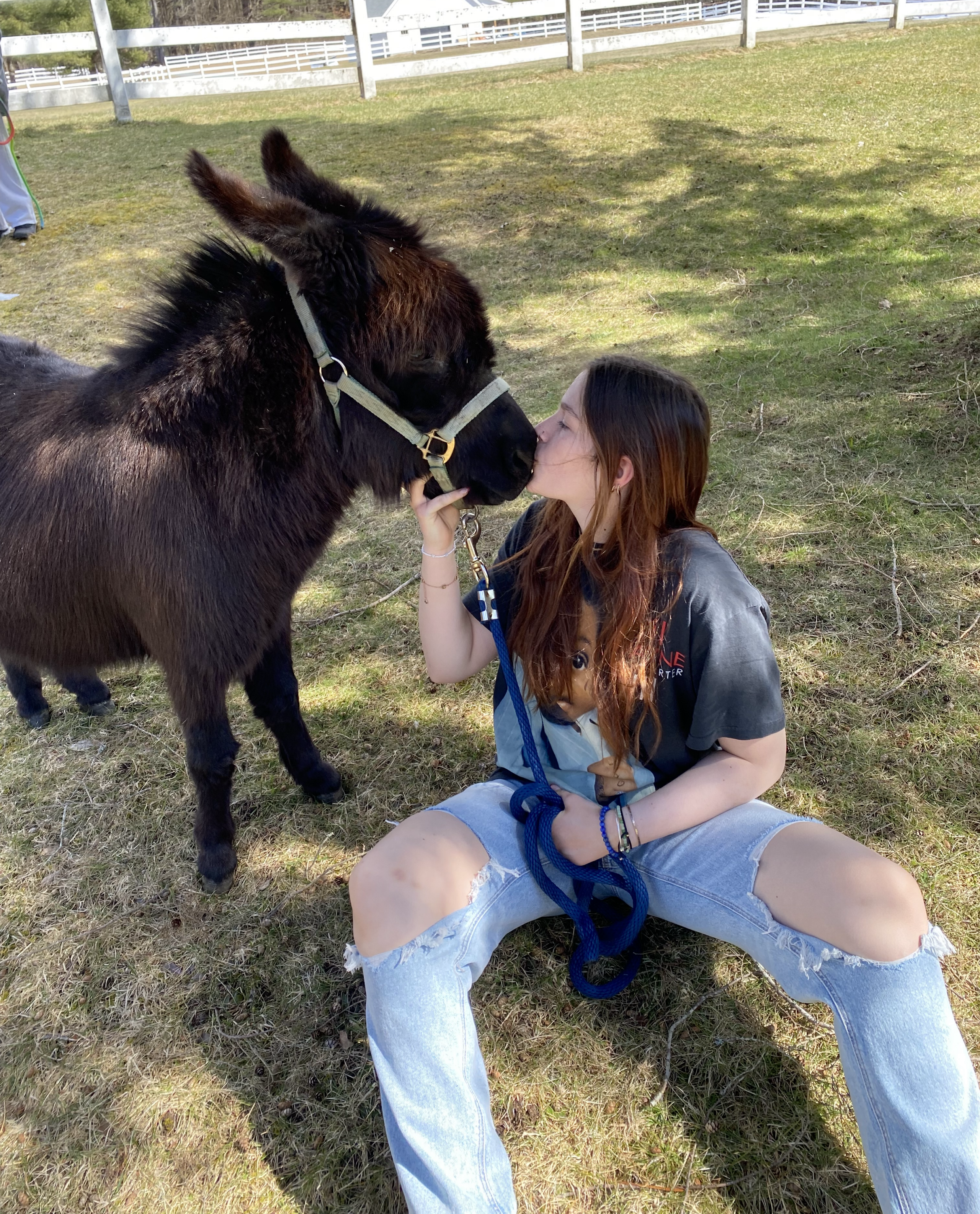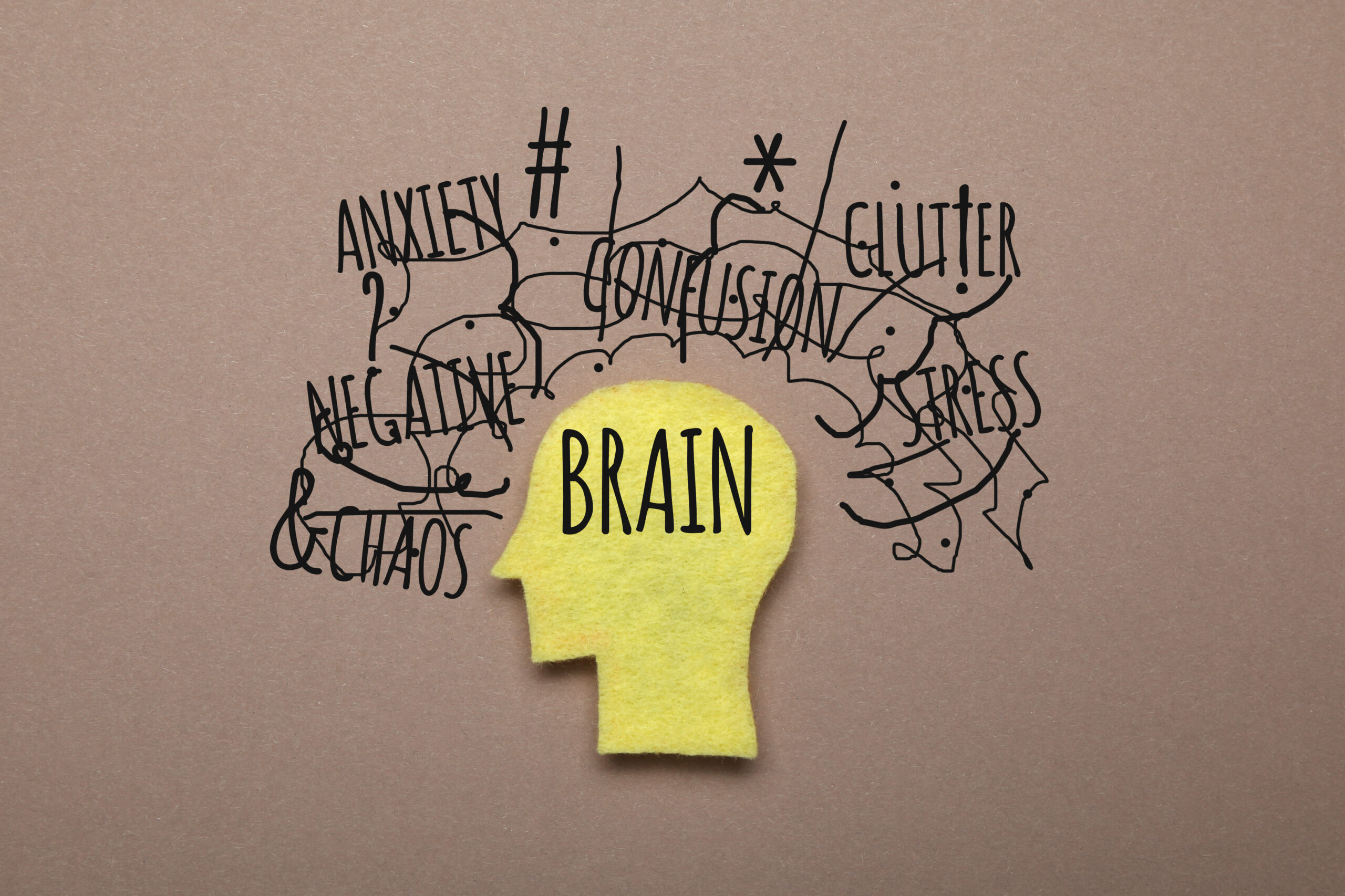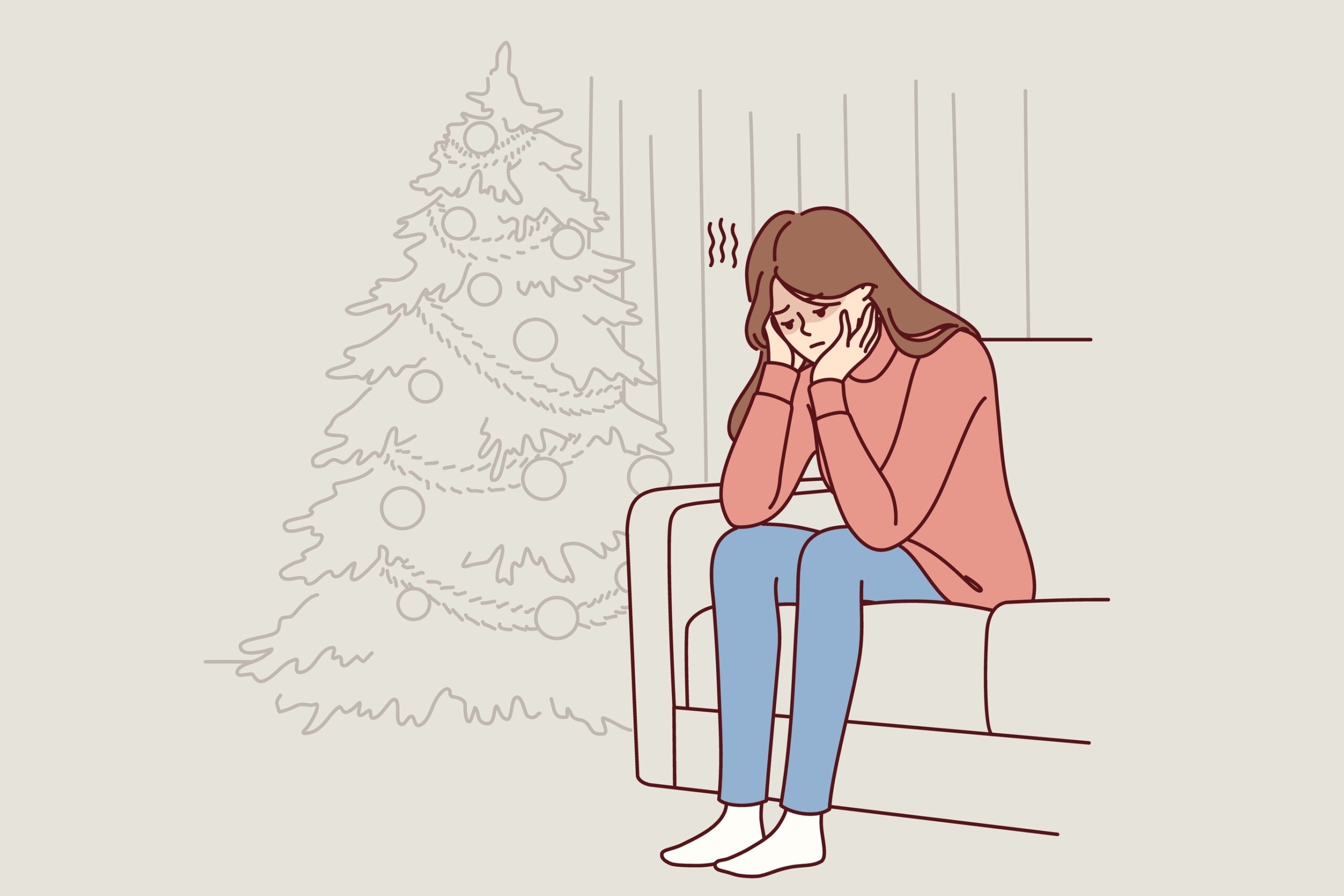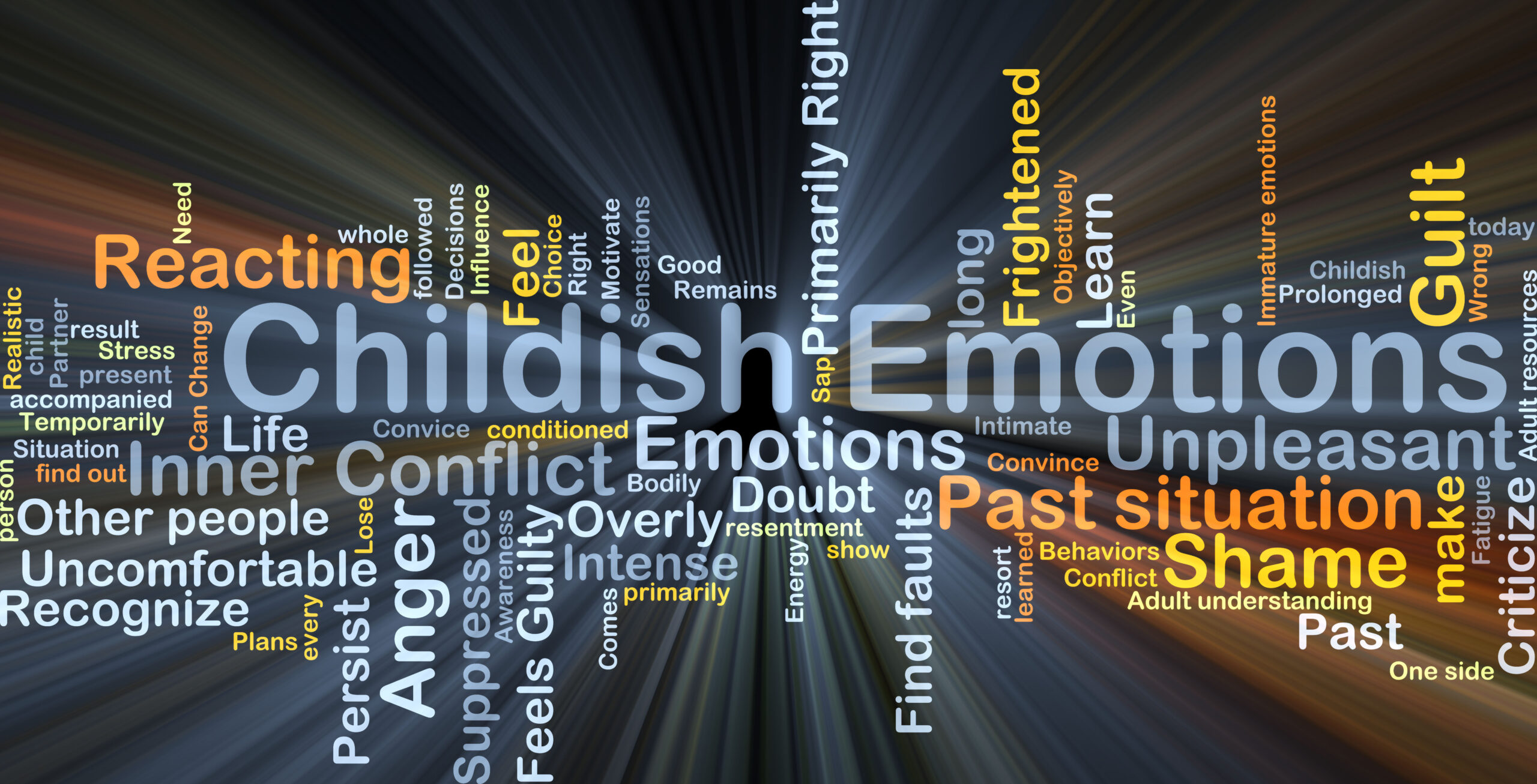At Mountain Valley Treatment Center, we believe that healing is not just about addressing mental health symptoms but about cultivating a sense of purpose through connecting and contributing to the world around us. One of the ways we do that is through our stewardship program. At Mountain Valley, residents engage in a variety of stewardship activities that provide them with opportunities to contribute to our campus community. One of the more innovative stewardship opportunities we offer is our farm and animal stewardship program. This portion of our program is led by our dedicated Farm and Animal Coordinator, Hann Bernardi, who specializes in integrating the care of animals and our land into the therapeutic process for our residents.
A Unique Approach to Healing
Mountain Valley has always incorporated animals, farming, and other agricultural activities into our programming, but the introduction of a dedicated Farm and Animal Coordinator marked a significant shift in how we approach the integration of these elements. Han, with a background in large-scale agriculture, brings not only expertise in animal care and farming but also a burning passion for how time spent on the land can be used as a therapeutic tool for healing. Hann works to integrate residents’ individualized treatment goals into the farm work, providing a space for them to practice what they are learning in therapy, connect with nature, and find themselves through the meaningful work they do on the farm.
The Power of Stewardship
Stewardship is at the center of our farm and animal program and is at the core of Mountain Valley’s approach to healing. Being a steward requires one to take ownership and responsibility for caring for something outside of oneself. Many of our residents come to Mountain Valley struggling with anxiety and fear that prevent them from taking care of themselves, taking charge of their lives, and contributing to the world around them. Through the farm and animal stewardship program, residents learn to care for animals and the land, which, in turn, helps them better care for themselves.
Hann explains it beautifully, stating, “If you can learn to be a steward for other creatures, it will inevitably help you cultivate that stewardship for yourself.” By taking on the responsibility to care for the animals and the land, residents develop self-discipline and self-efficacy as they begin to view themselves as contributing members of a larger community.
Building Skills, Building Confidence
Beyond the emotional and psychological benefits, the stewardship program also equips residents with practical life skills. From basic animal husbandry tasks like feeding and grooming to more complex projects like building infrastructure for the farm, residents get hands-on experience with everyday life skills that help them develop mastery, bolster self-confidence, and gain an appreciation for hard work.
One recent project involved residents building a house for the bunnies on the farm—a task that required them to measure, cut, and assemble materials with precision. Upon completing the project, they felt a profound sense of accomplishment, as this structural addition to our farm was a tangible representation of the value they can add to the world.
Reflecting on Personal Growth
The animals at Mountain Valley play a unique role in the healing process as they often serve as a “mirror” to residents, reflecting back the parts of themselves they need to work on. For example, Hann shares a story about Ivar, a rooster whose tendency toward aggression and self-protection became a source of fear for many residents. Hann worked with the residents to develop empathy and understanding for Ivar. Residents were able to relate to him as they recognized that Ivar was scared too and that his aggression was a classic example of the “fight” response that is sometimes seen in someone experiencing fear or anxiety. Through seeing themselves in Ivar, the residents were able to better understand him and develop effective strategies for communication and boundary setting. This experience not only provided residents with a great exposure opportunity around their fear of Ivar but also facilitated a deeper level of personal reflection and contemplation that can sometimes be difficult to achieve in the therapy office.
A Growing Community
The farm at Mountain Valley is not just a place for healing; it’s also a dynamic, changing, and growing community. With a variety of animals, including hens, sheep, donkeys, bunnies, and goats, residents often find themselves drawn to different creatures that represent themselves, their needs, and their emotions.
Each animal, just like each resident, brings something unique to the community. As the farm continues to expand, so do the therapeutic opportunities. The future of the stewardship program is bright, with plans for further development. The current project the community is working on is building a community Zen garden that can provide an additional therapeutic space on campus for residents to unwind and restore.
Conclusion
At Mountain Valley Treatment Center, our stewardship program is more than just a way to care for animals—it’s a powerful tool for personal growth, healing, and transformation. By fostering a connection with the land and animals, residents not only confront and overcome their fears but also develop a deeper sense of responsibility, self-worth, and community. Under Hann Bernardi’s guidance, the farm has become an integral part of the healing journey, offering residents a unique and enriching experience that stays with them long after they leave Mountain Valley.
To learn more about Mountain Valley’s Stewardship program and Hann Bernardi check Episode #38: “Healing Through Stewardship: The Therapeutic Power of Animals and Agriculture” of the Fear Less podcast.
If you or someone you know is struggling with anxiety and could benefit from the holistic approach to healing offered at Mountain Valley, please don’t hesitate to reach out to us. We’re here to help you on your journey to recovery.


 Last week, on the Fear Less Podcast, we released Episode #36: “Fear, Fatherhood, and Transformation: Zack’s Journey to Becoming Dad.” In this episode, I reflected on the biggest life transition I have made to date—becoming a father. In my reflection, I talk about the role fear and anxiety played throughout my journey into fatherhood, and how impactful my fear was in helping me refine who I am and who I wanted to be as a father.
Last week, on the Fear Less Podcast, we released Episode #36: “Fear, Fatherhood, and Transformation: Zack’s Journey to Becoming Dad.” In this episode, I reflected on the biggest life transition I have made to date—becoming a father. In my reflection, I talk about the role fear and anxiety played throughout my journey into fatherhood, and how impactful my fear was in helping me refine who I am and who I wanted to be as a father.
 Although the impact of social media and technology on mental health, especially youth, has been in question for some time, it has become quite the “hot topic” in the public media recently. Approximately one year after issuing a
Although the impact of social media and technology on mental health, especially youth, has been in question for some time, it has become quite the “hot topic” in the public media recently. Approximately one year after issuing a 






 As the holiday season approaches, images of festive cheer and family gatherings flood our minds. However, for teens and young adults grappling with anxiety, obsessive-compulsive disorder (OCD) or related challenges, this time can often amplify their struggles. The bustling environment, family dynamics, and the break from routine can trigger intense anxiety episodes. In this context, Mountain Valley Treatment Center emerges as a sanctuary, offering a therapeutic alternative to the traditional holiday experience. Here’s why spending the holidays at Mountain Valley can be a transformative experience for these young individuals.
As the holiday season approaches, images of festive cheer and family gatherings flood our minds. However, for teens and young adults grappling with anxiety, obsessive-compulsive disorder (OCD) or related challenges, this time can often amplify their struggles. The bustling environment, family dynamics, and the break from routine can trigger intense anxiety episodes. In this context, Mountain Valley Treatment Center emerges as a sanctuary, offering a therapeutic alternative to the traditional holiday experience. Here’s why spending the holidays at Mountain Valley can be a transformative experience for these young individuals.